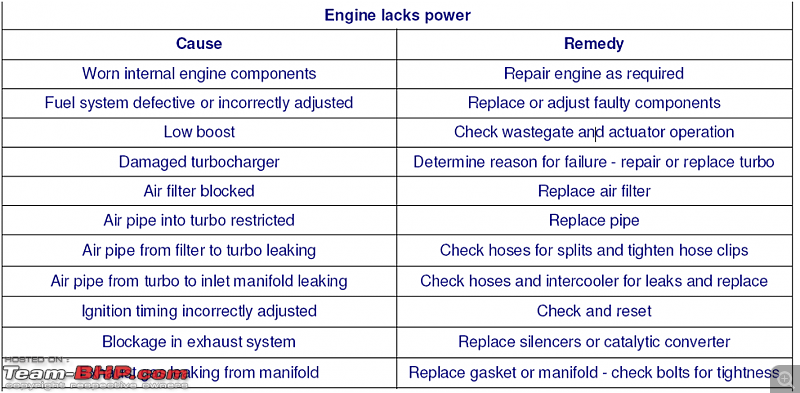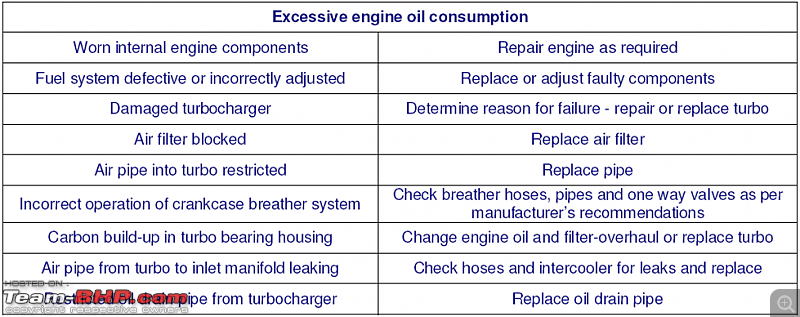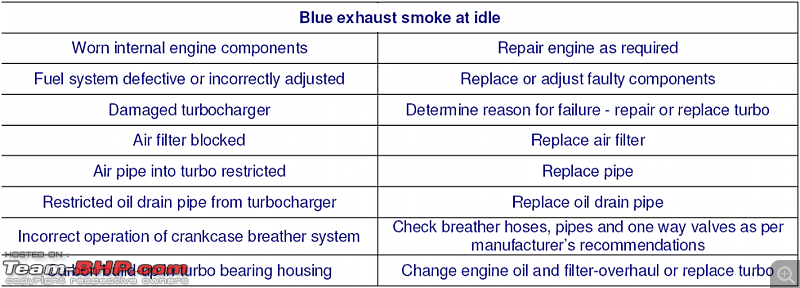| | #46 |
| Distinguished - BHPian  | |
| |  (1)
Thanks (1)
Thanks
|
| |
| | #47 |
| BANNED Join Date: Oct 2011 Location: Hyderabad
Posts: 12,350
Thanked: 21,411 Times
| |
| |  (2)
Thanks (2)
Thanks
|
| | #48 |
| Senior - BHPian Join Date: Jul 2009 Location: Calcutta
Posts: 4,668
Thanked: 6,217 Times
| |
| |
| | #49 |
| BHPian Join Date: Nov 2011 Location: Ahmedabad
Posts: 47
Thanked: 135 Times
| |
| |
| | #50 |
| BHPian | |
| |
| | #51 |
| Senior - BHPian | |
| |
| | #52 |
| Team-BHP Support  Join Date: Aug 2009 Location: Bangalore
Posts: 8,830
Thanked: 12,255 Times
| |
| |
| | #53 |
| BHPian Join Date: Nov 2011 Location: Ahmedabad
Posts: 47
Thanked: 135 Times
| |
| |  (1)
Thanks (1)
Thanks
|
| | #54 |
| Team-BHP Support  | |
| |  (1)
Thanks (1)
Thanks
|
| | #55 |
| BHPian Join Date: Mar 2008 Location: Chennai
Posts: 311
Thanked: 79 Times
| |
| |  (1)
Thanks (1)
Thanks
|
| | #56 |
| BHPian Join Date: Aug 2009 Location: Philly, Gurgaon
Posts: 651
Thanked: 286 Times
| |
| |  (2)
Thanks (2)
Thanks
|
| |
| | #57 |
| BHPian Join Date: Oct 2009 Location: RJ 14
Posts: 595
Thanked: 138 Times
| |
| |  (2)
Thanks (2)
Thanks
|
| | #58 |
| Senior - BHPian Join Date: Nov 2006 Location: Bengaluru
Posts: 4,375
Thanked: 2,256 Times
| |
| |
| | #59 |
| BHPian Join Date: Mar 2008 Location: Bangalore
Posts: 38
Thanked: 22 Times
| |
| |  (1)
Thanks (1)
Thanks
|
| | #60 |
| BANNED Join Date: Oct 2011 Location: Hyderabad
Posts: 12,350
Thanked: 21,411 Times
| |
| |  (1)
Thanks (1)
Thanks
|
 |
Most Viewed











